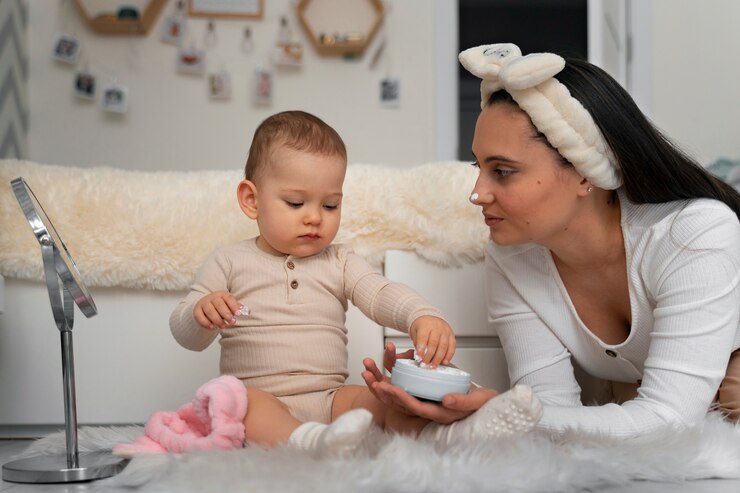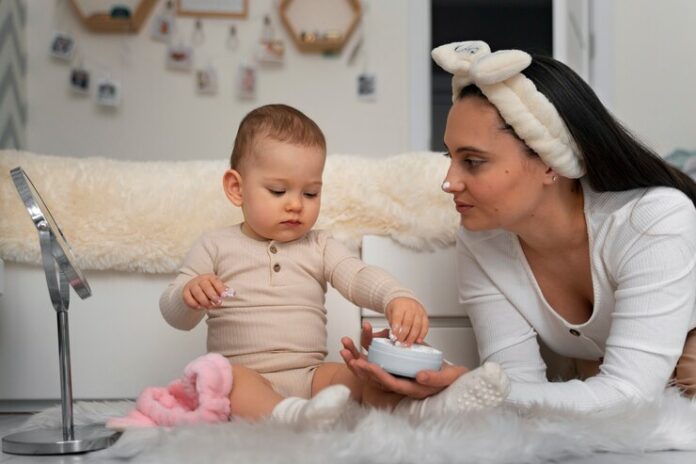Ensuring proper newborn hygiene and safety is crucial for your baby’s health and well-being. As new parents, it’s essential to understand the best practices for keeping your baby clean, healthy, and safe from potential hazards. This comprehensive guide will provide you with the necessary information to create a hygienic and secure environment for your newborn.

1. Proper Hand Hygiene
One of the simplest yet most effective ways to protect your newborn is by maintaining proper hand hygiene. Always wash your hands with soap and water before handling your baby, especially after changing diapers or using the restroom. Encourage visitors to do the same to minimize the risk of infections.
2. Safe Bathing Practices
Bathing your newborn requires special care. Use lukewarm water and a gentle, tear-free baby soap. Avoid using adult shampoos and soaps as they can be too harsh for your baby’s delicate skin. Support your baby’s head and neck while bathing and ensure the umbilical cord stump stays dry until it falls off and heals completely.
3. Diapering Do’s and Don’ts
Diapering is a significant aspect of newborn hygiene and safety. Changing diapers frequently to prevent rashes and infections. Clean the diaper area thoroughly with gentle wipes or a soft cloth and apply a diaper rash cream if needed. Always wash your hands before and after changing diapers to maintain hygiene.
4. Cord Care
Proper care of the umbilical cord stump is essential to prevent infection. Keep the area clean and dry, and avoid covering it with the diaper. Use a cotton swab dipped in rubbing alcohol to gently clean around the base of the stump. Consult your pediatrician if you notice any signs of infection, such as redness, swelling, or discharge.
5. Nail Care
Trimming your baby’s nails is necessary to prevent accidental scratches. Use baby nail clippers or a nail file and trim nails when your baby is calm or asleep. Be gentle and take care not to cut the nails too short. Regular nail trimming helps keep your baby’s hands and face safe from scratches.
6. Safe Sleep Practices
Creating a safe sleep environment is crucial for your newborn’s safety. Always place your baby on their back to sleep and use a firm mattress with a fitted sheet. Avoid using pillows, blankets, or stuffed animals in the crib as they can pose suffocation risks. Consider using a sleep sack or swaddle to keep your baby warm and secure.
7. Clean Feeding Supplies
Whether you breastfeed or bottle-feed, keeping feeding supplies clean is essential for your baby’s health. For breastfeeding, wash your hands before and after feeding. If you’re using bottles, sterilize them after each use and ensure all parts are thoroughly cleaned. Proper cleaning prevents the growth of harmful bacteria.
8. Safe Handling and Transportation
Handle your newborn with care, supporting their head and neck at all times. When transporting your baby in a car, always use a properly installed car seat that meets safety standards. Never leave your baby unattended on high surfaces, such as changing tables or beds, to prevent falls.
9. Vaccinations and Regular Checkups
Keeping up with your baby’s vaccinations and regular pediatric checkups is crucial for their health and safety. Vaccinations protect your baby from various diseases, and regular checkups ensure they are growing and developing properly. Follow your pediatrician’s schedule for vaccinations and health assessments.
10. Maintaining a Clean Environment
Maintaining a clean home environment is essential for newborn hygiene and safety. Regularly clean and disinfect surfaces, especially in areas where your baby spends a lot of time. Wash your baby’s clothes, bedding, and toys frequently to keep them free from germs and bacteria.
By adhering to these guidelines for newborn hygiene and safety, you can create a healthy and secure environment for your baby. Remember, every baby is unique, so trust your instincts and seek advice from your pediatrician whenever necessary.



